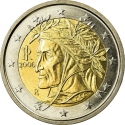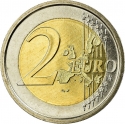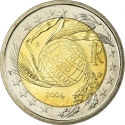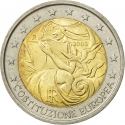You are about to finish your registration. Please check your mailbox (including spam folder). There should be a letter with a confirmation link. Check setting to make sure that your e-mail address is correct.
Send letter againDescription
While the modern Polizia di Stato was created in 1981 with the merger of the many civil police services of Italy, its roots date back to 1852 as the police force of the then Kingdom of Sardinia.
It is successor and heir to the traditions of military and civil police organizations under both monarchy and republic. On 11 July 1852, then King of Sardinia Victor Emmanuel II established the Public Security Guards, a prototype city police service created to serve Turin and Genoa for the protection of their citizens and also formed detachments of municipal police. This date is marked as the official anniversary of the State Police. At that time there were a number of provincial National Guard and Municipal Militia battalions, plus cavalry platoons detached from the army and Carabinieri. In 1859, given the current situation in regards to the Unification of Italy, the Public Security Guards became the national civil police defacto of a unified Italian nation.
Law enforcement in Italy is an exclusive duty of the State, which means that policing is centralized on a national level. According to Italian system, as "policing" we can refer to the duties of "full-powered officers" coming from the three national main forces: Polizia di Stato, Carabinieri and, even if generally active in specific fields, Guardia di Finanza.
Obverse

|
Depicts two police officers, a man and a woman, in front of a police car, surrounded by the inscription "State Police" above and engraver's initials below. An acronym for the Italian Republic (IR) on the top right, mintmark (R) on the bottom left, dates on the bottom right. The twelve stars of the European Union surround the design on the outer ring. POLIZIA DI STATO |
|---|---|
Reverse

|
A geographical map of Western Europe spans the outer ring and inner core on the right side of the coin. The inscription 2 EURO is superimposed over the map of Europe, with the numeral “2” located in an open field representing the eastern Atlantic Ocean. 2 EURO |
| Edge |
The sequence "2 ★" repeated six times alternately upright and inverted 2 ★ 2 ★ 2 ★ 2 ★ 2 ★ 2 ★ |
Characteristics
| Type | Commemorative Issue (Circulating) |
| Material | Bi-Metallic |
| Ring | Cupronickel |
| Center | Nickel Brass |
| Weight | 8.5 g |
| Diameter | 25.75 mm |
| Thickness | 2.2 mm |
| Shape |
|
| Alignment | Medal |
| Mint |
Italian State Mint and Polygraphic Institute (IPZS)
|







